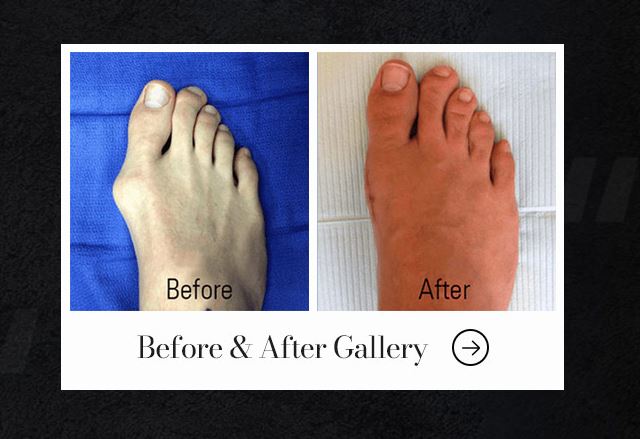If you have diabetes, you may be aware of how diabetic Neuropathy can affect your feet. Diabetic Neuropathy can cause numbness and other sensations in the feet and legs, which tends to mask any pain a person might feel from any cuts or sores they might have on their feet. If these wounds aren’t cared for properly, it can lead to infection.
This nerve damage from diabetes can increase your chances of developing certain foot problems, like hammertoe, which is a contracture deformity, or bending, of one or both joints in the little toes.
The most common cause of hammertoe is an imbalance of the muscles and tendons, which is usually due to structural or neurological changes in the foot that occur over time. “The small muscles [and] tendons in the foot can be affected by [diabetic] Neuropathy,” says local podiatrist William Spielfogel, DPM, chief of the division of podiatry at Lenox Hill Hospital. When the nerve endings in the small muscles and tendons aren’t functioning well, the imbalance can cause the toe to contract up, he says.
If the toe is contracted and rubs up against the top of the shoe, and you have a lack of sensation, you can develop a sore on that toe, which could lead to an ulceration and further complications, says Dr. Spielfogel.
How To Prevent Hammertoe When You Have Diabetes
Hammertoe is often aggravated by shoes that don’t fit you properly. If a toe is too long and is forced into a cramped position with too-tight shoes, it could cause a hammertoe. “Think about the shoes that you’re wearing. You might need bigger shoes or better fitting shoes, or maybe you don’t tie your shoelaces so tight,” says Minisha Sood, MD, an endocrinologist in New York City. Your feet can get larger with age or after certain body changes like pregnancy. So just because you’ve always worn a size 8.5 in the past doesn’t mean you should now. Different shoe brands can also vary widely in how they fit. If you have diabetes, it’s a good idea to get your feet measured and properly sized wherever you go shoe shopping. Sometimes hammertoe may also result from previous trauma to the toe.
Along with making sure you have the proper fitting shoes, managing your blood sugar and taking care of your feet regularly are the most important steps you can take to prevent any foot problems that may develop with diabetes. Take a look every day to make sure there aren’t any spots that are red, says Dr. Sood. “Address little cuts and scrapes, and cracked skin areas early, and don’t let them kind of fester and collect bacteria, because that can turn into infection.”
Contributed with help from:
Ideal Podiatrist Astoria, Foot & Ankle Doctor, DPM 31-16 30th Ave. #203, Astoria, NY 11102 (718) 626-3338



